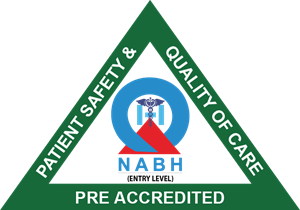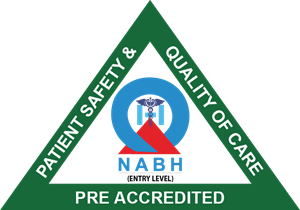What is Ewing’s Sarcoma of Bones?
Ewing’s Sarcoma of Bones in the Adolescent Age Group is a rare type of bone cancer. It mostly affects teenagers and young adults. This cancer starts in the bones or nearby soft tissue. Although it is uncommon, it is one of the most frequent bone tumors in teens. Early signs of bone cancer can be easy to miss. However, knowing about Ewing’s Sarcoma helps with early detection and better outcomes.
Common Symptoms in Adolescents
Teens with Ewing’s Sarcoma may notice several symptoms. Sometimes, these signs can look like sports injuries or growing pains. But, it is important to watch for symptoms that do not go away. Common symptoms include:Pain or swelling in a bone, often in the legs, arms, pelvis, or chestA lump or mass that can be felt under the skinFever that does not have a clear causeFeeling tired or weakUnexplained weight lossBone pain that gets worse at night or with activity
Because these symptoms can be mild at first, it is easy to overlook them. Yet, if they last for more than a few weeks, it is wise to seek medical advice.
Causes and Risk Factors
Doctors do not know the exact cause of Ewing’s Sarcoma of Bones in the Adolescent Age Group. However, some risk factors may increase the chance of developing this bone tumor. These include:Age: Most cases happen in teens between 10 and 20 years oldGender: Boys are slightly more likely to get this cancer than girlsFamily history: Rarely, a family history of cancer may play a roleGenetic changes: Certain changes in DNA can lead to this cancer, but these are not passed from parents to children
Even though these risk factors exist, most teens with Ewing’s Sarcoma have no known cause.
How Ewing’s Sarcoma is Diagnosed
Early diagnosis of Ewing’s Sarcoma of Bones in the Adolescent Age Group is important. Doctors use several steps to find out if a teen has this bone cancer. The process may include:Physical exam: The doctor checks for swelling, lumps, or painImaging tests: X-rays, MRI, or CT scans help show the tumor’s size and locationBiopsy: A small piece of the tumor is removed and checked under a microscopeBlood tests: These can help rule out other causes and check overall health
With these tests, doctors can confirm if the tumor is Ewing’s Sarcoma and plan the best treatment.
Treatment Options for Adolescents
Treating Ewing’s Sarcoma of Bones in the Adolescent Age Group often needs a team of specialists. Treatment depends on the tumor’s size, location, and if it has spread. Common treatment options include:Chemotherapy: Medicines are used to shrink or kill cancer cellsSurgery: Doctors remove the tumor and some healthy tissue around itRadiation therapy: High-energy rays target and destroy cancer cells
Sometimes, a mix of these treatments works best. After treatment, regular check-ups help watch for any signs of the cancer coming back.
Lifestyle Guidance and Support for Patients and Families
Living with Ewing’s Sarcoma can be hard for teens and their families. However, support and healthy habits can make a big difference. Here are some tips:Eat a balanced diet to help the body healStay active as much as possible, but rest when neededTalk openly with doctors, nurses, and counselorsJoin support groups for teens with cancerKeep up with schoolwork and hobbies when possible
With the right support, many teens cope well during and after treatment.
Prevention and Early Detection Tips
There is no sure way to prevent Ewing’s Sarcoma of Bones in the Adolescent Age Group. Still, early detection can help. Here are some steps to take:Pay attention to ongoing bone pain or swellingSee a doctor if symptoms last more than two weeksShare any family history of cancer with your doctorFollow up on any unusual lumps or bumps
Although prevention is not always possible, acting early can lead to better outcomes.
When to Consult a Doctor
If your teen has bone pain, swelling, or a lump that does not go away, consult a doctor. Also, if your child feels tired, loses weight, or has a fever without a clear cause, it is wise to seek medical advice. Early signs of bone cancer may be mild, but quick action can help.
For more information, you can visit trusted sources like the World Health Organization (WHO) or the Centers for Disease Control and Prevention (CDC).
Consult a specialist for personalized guidance.





